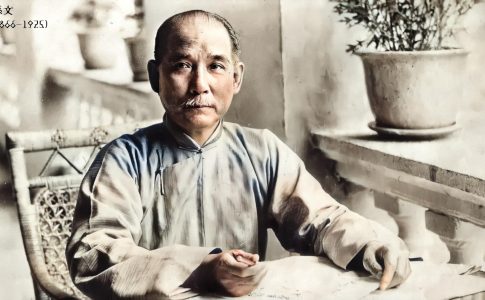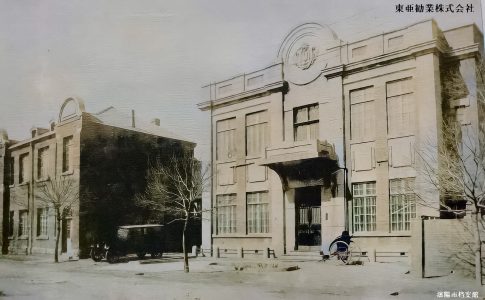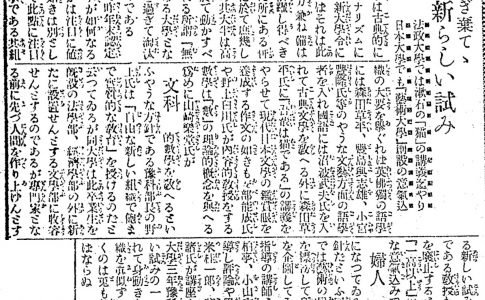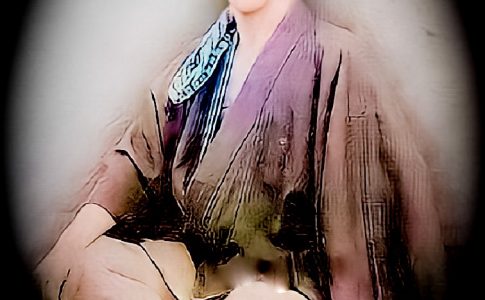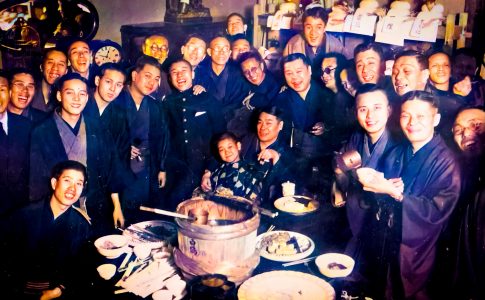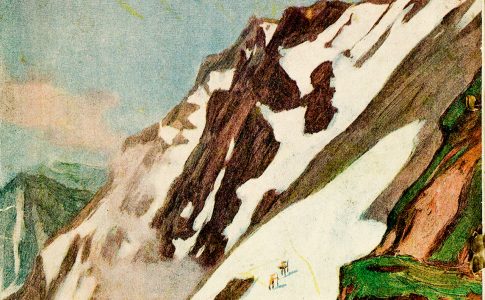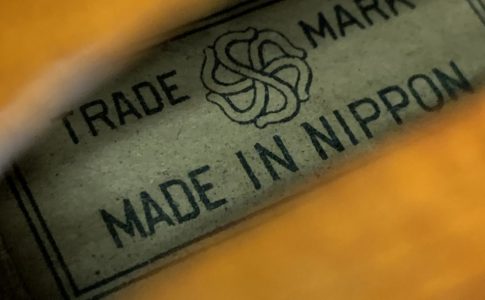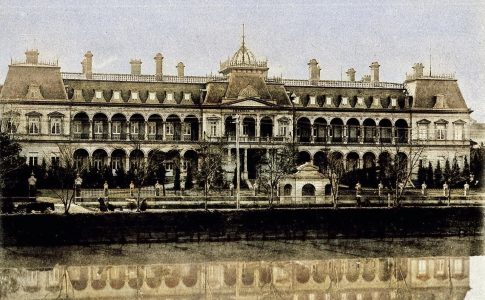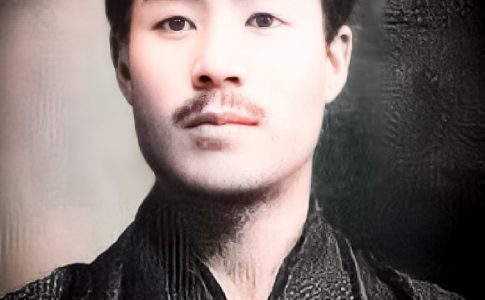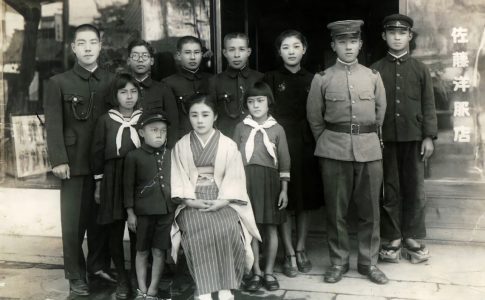Saturday, April 2, 1921: The second Guangdong government established
The official government of the Republic of China (the second Guangdong government) is established on Saturday, April 2, 1921. Sun Yat-sen reorganized the military government that he had organized in Guangzhou in November of the previous year, and became the President at the Emergency Diet, sharpening his stance against the Beijing government. Although Sun Yat-sen claimed to be the only government representing North and South China, other countries did not approve. Sun Yat-sen remained in power as a local government. Wang Zhao Ming makes his first appearance on the political stage as director of education (chairman of education in Guangdong Province). Wang Zhaoming supported Sun Yat-sen as his closest aide,...

